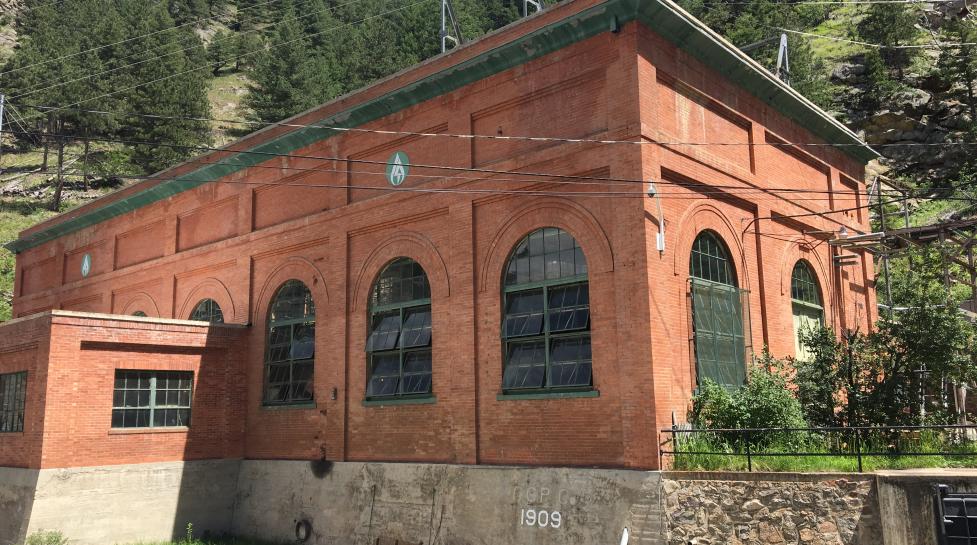Saving money and the environment one drop at a time
Water flows all around us. With the power of our natural water system, we can all become less dependent on fossil fuels and help Boulder make strides in green energy production as part of our sustainability goals. Hydropower is efficient and 100% renewable.
Boulder’s hydro plants are the legacy of a program that began in 1909, when the Boulder Canyon Hydro Plant opened. We now own and operate eight hydro plants, which are integrated into the municipal water system, typically producing enough energy to power 3,900 households.
Hydropower also saves our community money. In 2023, energy sold helped displace 15,000 tons of coal and bring in $1,500,000. These funds are reinvested into the water utility, helping reduce rates for city water customers.
History of Boulder’s Hydropower Program
Boulder realized the hydropower potential of its water system in the 1980s. In 1983, the city commissioned an engineering feasibility study to assess the hydro potential of Boulder’s water system. The report recommended constructing the Betasso Power Project on Barker Pipeline and to further investigate hydro power on Silver Lake and Lakewood Pipelines.
Since these early studies, the city has constructed seven power plants on existing water supply pipelines. Development of the city’s hydroelectric program made use of existing electric transmission lines and reservoirs. In addition to the seven constructed facilities, Boulder also owns and operates the historic Boulder Canyon Hydro Project, purchased in 2001 from the Public Service Company of Colorado. The Central Colorado Power Company began operating the Boulder Canyon Hydro Plant in 1910 to provide power to Boulder, neighboring towns, mines, and northern parts of Denver. You can delve into the history of the Boulder Canyon Hydroelectric Facility through this article.
The Value of Boulder’s Hydropower
Boulder's hydropower production displaces the need to burn roughly 20,400 tons of coal each year and has prevented the burning of approximately 390,000 tons of coal since 1985. The city sells the electricity generated by the hydro facilities to electric utilities for delivery to their customers. The associated revenue, which averages about $2 million annually, offsets costs to city water utility customers.
How Does It Work
Hydropower is 100% renewable and makes use of water pressure and flow in the city’s large water transmission pipelines. As water descends 5,000 feet in elevation through a series of pipelines between the mountain reservoirs and the city, it develops tremendous pressure. When water is released under pressure to turn a rotating wheel called a “turbine,” it creates mechanical energy, which is then converted to electrical energy through a generator. Rotating parts inside the generator produce electricity, which is then transmitted to the electrical grid where it can be distributed to electric utility customers. No fossil fuels are consumed and no pollutants are emitted into the atmosphere during this process.
